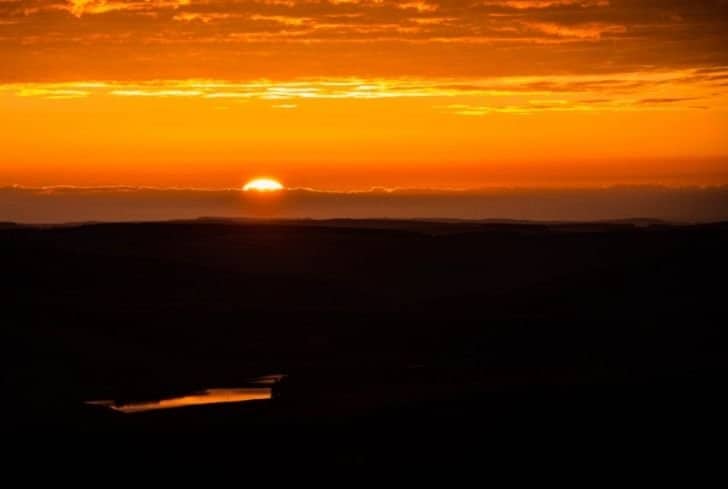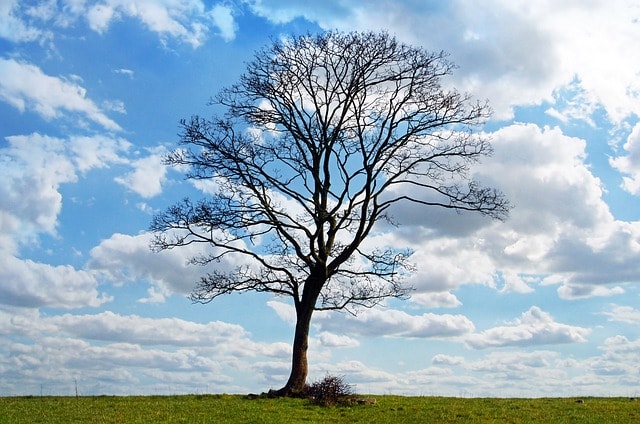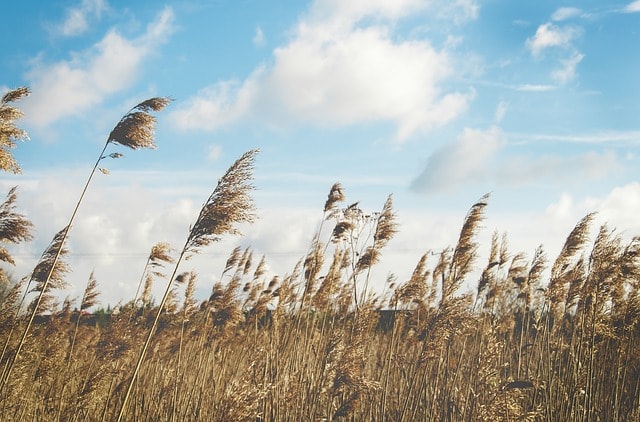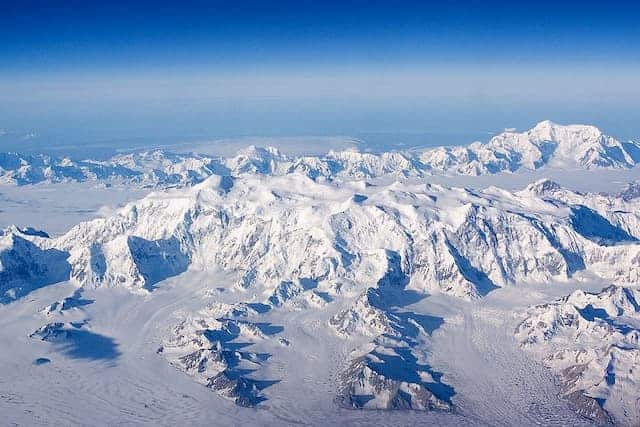Do Lakes and Ponds Have Tides? (Why Not?)
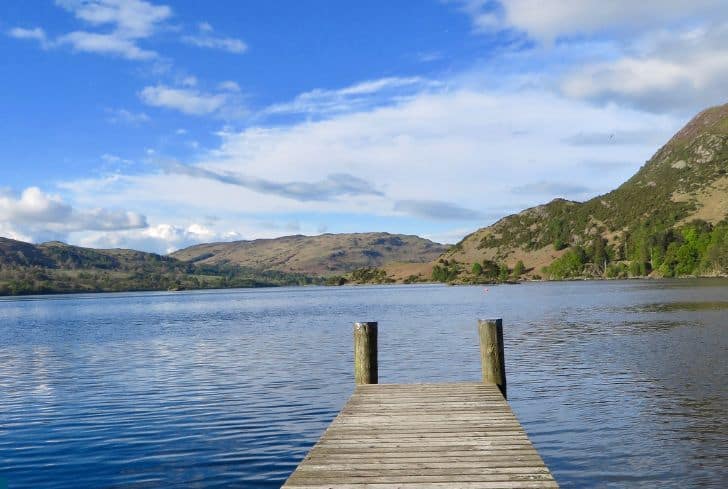
Standing near a lake brings a unique sense of serenity—calming down all the stresses of our rushed lives. But have you ever noticed any differences between standing on a sea beach and being near a lake?
In this article, we will discuss whether lakes and ponds have tides. We will look at the different movements (waves, tides, and currents) that occur in water bodies and the different causes behind them. Then we will talk about how these movements occur in smaller water bodies like lakes and ponds.
Do Tides Occur in Lakes and Ponds?
No, tides do not occur in lakes and ponds. Lakes and ponds do not have tides because they are much smaller in size than oceans. This does not mean that the tidal pull doesn’t apply to them. It’s just that, given the small sizes of these water bodies, its effect is so small as to be almost unnoticeable.
Tides are the rise and fall of sea levels, which are caused by two factors: the gravitational forces of the Sun and the Moon, and the Earth’s rotation.
Even land masses experience tidal pulls. The shape of Earth’s solid part is slightly affected by “Earth tide”, although it’s not as easily visible as the tidal movements in oceans.
But let’s come back to tides in water bodies. Lakes do experience tides that are a few centimetres in height. These are even smaller than the ripples created by aquatic animals or the rowing of boats, so it’s not something we would notice.
Besides their large sizes, oceans are also interconnected. Lakes, on the other hand, are self-contained, so the level of water displacement within them is much smaller.
How are Waves Formed?
People often use the words “waves” and “tides” interchangeably, but they are different.
Tides, as said earlier, are the rise and fall of large amounts of water. They are created by the gravitational pull of heavenly bodies and our planet’s rotation.
Waves, on the other hand, are caused by powerful winds acting upon the surfaces of water bodies. Several factors, such as the speed and duration of the wind, the depth of the water body, the distance where the wind slides, etc. affect the creation of waves.
Waves are rather hard to predict. Tides are much easier, and an ocean normally sees two high and two low tides every day. When there is a full moon or new moon, a very strong tide called spring tide occurs because of the alignment of Earth with the Moon and the Sun. On the other hand, when there is a quarter moon, there is a weak tide. So, tides exhibit an observable pattern, unlike waves.
There’s one more category of water-body movement that you might have heard of: currents. Those upstream and downstream questions we all had to bear in Math class.
Currents are large amounts of water moving in a specific direction from one place to another. They are influenced by mainly three factors: the rise and fall of tides, wind, and thermohaline (temperature & salinity) conditions.
Why are There no Tides in Lakes and Ponds?
Lakes and ponds do have tides, but due to the small sizes of these water bodies, those tides are hardly noticeable. And yet, you might have heard people say that they have seen tides in lakes and ponds. How do we explain that?
These are not tides but a different phenomenon called a seiche. A seiche refers to water sloshing back and forth in small water bodies like a swimming pool, bathtub, or even a cup of water. They also occur in lakes and ponds.
Seiches are caused by strong winds and rapid changes in atmospheric pressure, which pushes water from one end to the other. The water rebounds to the other side when the wind stops. And then it can continue to oscillate like this for hours or even days.
Lake Erie is particularly known for seiches. In 1844, a 22-foot seiche killed 78 people, and in the last decade, the lake witnessed 12-16 feet high seiches due to strong winds. The period between the high and the low of a seiche can be four to seven hours, quite similar to the duration between high and low tides, which further makes people confuse the two.
Why do Tides Occur in Oceans?
Tides occur in oceans because of the gravitational pull of the Sun and the Moon as well as the rotation of the Earth. While the effect of the tidal pull on other water bodies (or even solid Earth mass) is negligible, they are visible in the case of large water bodies like oceans.
The side of the Earth facing the Moon experiences its strongest pull, and this creates high tides, causing the seas to rise. On the other side of the Earth, the rotational force of the planet is greater than the Moon’s pull.
The water tries to resist this rotational force, which causes it to rise, so this side of the Earth also experiences high tides. In other parts of the Earth, the ocean recedes and there are low tides. The gravitational pull of the Sun also plays a small role in the formation of tides.
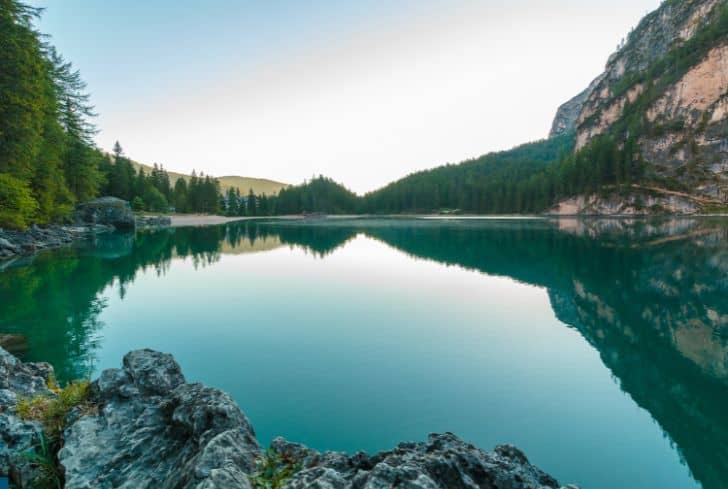
Most places experience two high and two low tides in one day, although some might have only one of each. The physical features of the coastline (for example, whether it’s a sandy beach or a rocky cove) and the depth of the water just offshore affect the height of the tides.
Tides play a huge role in the marine ecosystem because they influence the kinds of plants and animals that live in the intertidal zone: the region between the high and the low tide of the area.
This area is alternately covered and uncovered by the ocean water, so plants and animals must be able to survive in both underwater and atmospheric conditions. Sand crabs, for example, burrow themselves under the sand as the waves arrive, and they sync themselves with the tides.
Do Great Lakes Have Tides?
Great lakes are a group of large interconnected freshwater lakes in the mid-east region of North America. They include Lake Superior, Huron, Michigan, Erie, and Ontario. They are the largest group of freshwater lakes and contain 21% of the world’s surface freshwater.
Because of their immense size, they also have certain sea-like characteristics such as strong currents, rolling waves, etc. But does it mean that they also experience tides? Yes, they do, but again, the effect is not noticeable.
Tides do occur in the Great Lakes, but even the largest tide (spring tide) here is less than five centimetres in height. These are hardly visible, and they are obscured by other greater fluctuations in water levels caused by wind and atmospheric conditions.
As such, the Great Lakes are said to be non-tidal. But, like all lakes, the Great Lakes can experience seiches (oscillating waves). Given the size of this group of lakes, these seiches can be quite dangerous.
Do Swimming Pools Have Tides?
Not noticeably. As we have been discussing, in small water bodies, tides are so small that they are hardly noticeable. This is because the amount of water is so little that it cannot create enough pressure to overcome the pull of Earth’s gravity.
Do Rivers Have Tides?
Again, not noticeably. All water bodies, including rivers, experience the gravitational pull. But since their area or mass of water is not enough, the tides are not large enough to be visible.
Tides are noticeable in oceans because their volume of water is huge, and they are also interconnected. But, of course, rivers do experience water movement in the form of currents. Water flows from high points to lower points and eventually down to a larger body of water. Several factors affect the flow of current such as the volume of water, steepness of the river, etc.
What is the Highest Tide in the World?
The largest tides in the world occur at the Bay of Fundy, which is located in Canada between the provinces of Nova Scotia and Brunswick. The average variation in sea level because of tides is three feet. But here, the variation can be as high as 53 feet; that is the high tide can be 53 feet taller than the low tide.
This happens because of the funnel shape and the depth of the bay. Water in a closed container (say a tank, or here, in a basin) flows back and forth in an oscillatory manner. The natural period of oscillation at the Bay of Fundy is about 12 hours.
12 hours, as you might remember is also the usual length of time for one tidal oscillation (since there are two high and low tides every day). So, it’s this coinciding of the tidal and the oscillatory cycle that creates such large tides.
These huge tides have also led to other unique natural phenomena like the “Old Snow Whirlpool” (the largest whirlpool in the Western Hemisphere), “Reversing Falls” (series of rapids that reverse direction), etc.
Conclusion
In this article, we have discussed whether lakes and ponds have tides. We began by looking at the three key movements in water bodies and found out the causes behind them. Tides are caused by gravitational pull and the Earth’s rotation.
While all water bodies, including lakes and ponds, experience the gravitational pull of the Moon and the Sun, their small size doesn’t lead to any noticeable tides. So, in observable terms, we can say that lakes and ponds are non-tidal.

